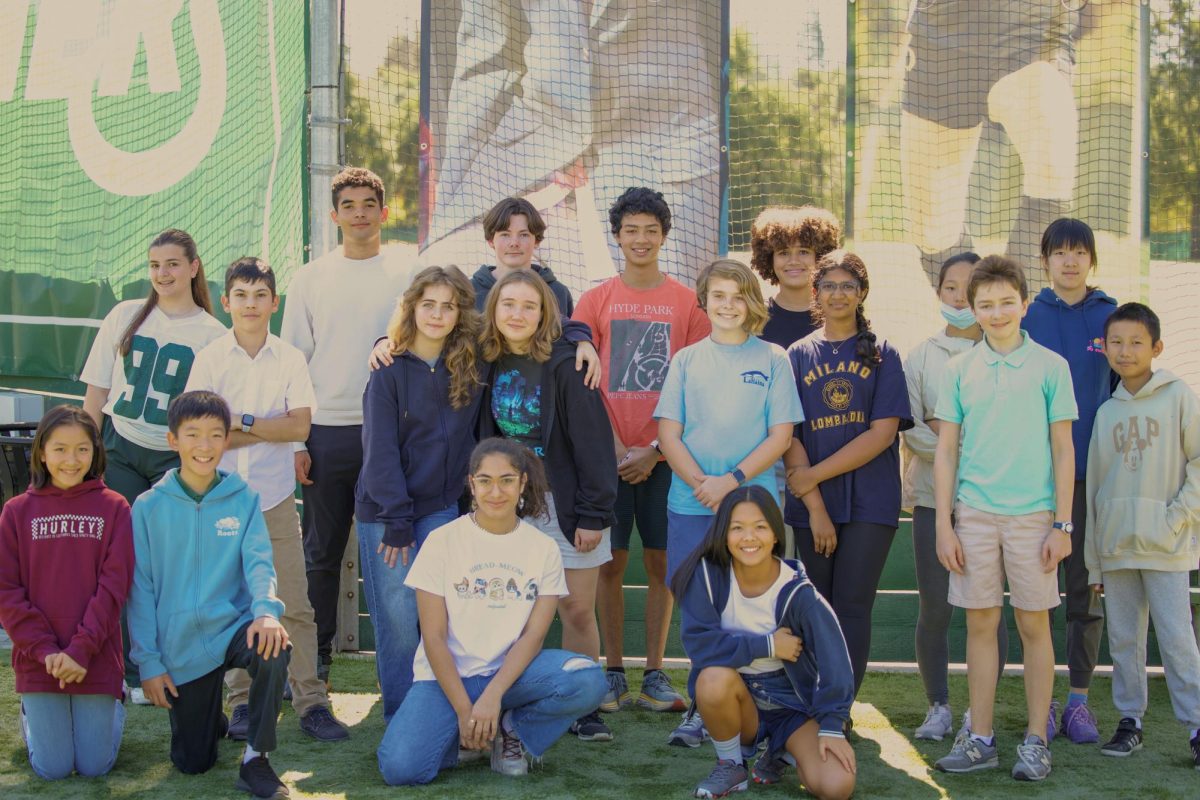To combat parking lot congestion, Pinewood has instituted a new afternoon pick-up procedure for junior high students. The updated process restricts students to the Junior High Quad while teachers use walkie-talkies to coordinate dismissal.
The procedure now requires all drivers picking up junior high students to place school-provided placards in their cars, allowing teachers stationed in the parking lot to identify rides and communicate with faculty in the quad.
One faculty member who typically monitors the quad is history teacher Molly Peterson, who calls students using a microphone to get their attention. Once a student’s name is called, they exit the quad to meet their ride.
English teacher Kelly Spicer, who helps manage dismissal, said the new procedure was based on the success of Middle Campus’ longstanding procedure.
“The walkie-talkie system in particular is the fastest way because you can start getting kids to come out before their car even pulls up,” Spicer said.
Spicer added that one of the biggest improvements is how clearly families can be identified.
“The thing that’s most efficient is the sign,” Spicer said. “Parents just hold up a piece of paper with their kid’s name, and we can walkie-talkie that right away. It’s simpler and there’s less confusion.”
Spicer noted that in the past, some students without phones had trouble locating their parents. Because of this, teachers would have to hunt down the kids who weren’t already waiting by the pickup area. This took extra time, which caused congestion in the parking lot.
Eighth grader Tor Schnitman said the process is efficient but stricter than necessary.
“The system is faster, but it’s also very restrictive,” Schnitman said. “You’re not allowed to leave the quad — not even for [the] snack shack or bathroom — and it feels like Middle Campus all over again.”
Schnitman wishes there was more flexibility, especially for kids who know they’re getting picked up till later.
“I should be able to go to the bathroom if I know I’m not getting picked up till much later,” Schnitman said.
Spicer said that overall, the new plan has helped both students and parents adjust to a smoother end-of-day routine.
“It’s definitely been an adjustment, but it’s working,” Spicer said. “Everyone knows where to be, and that makes all the difference.”




